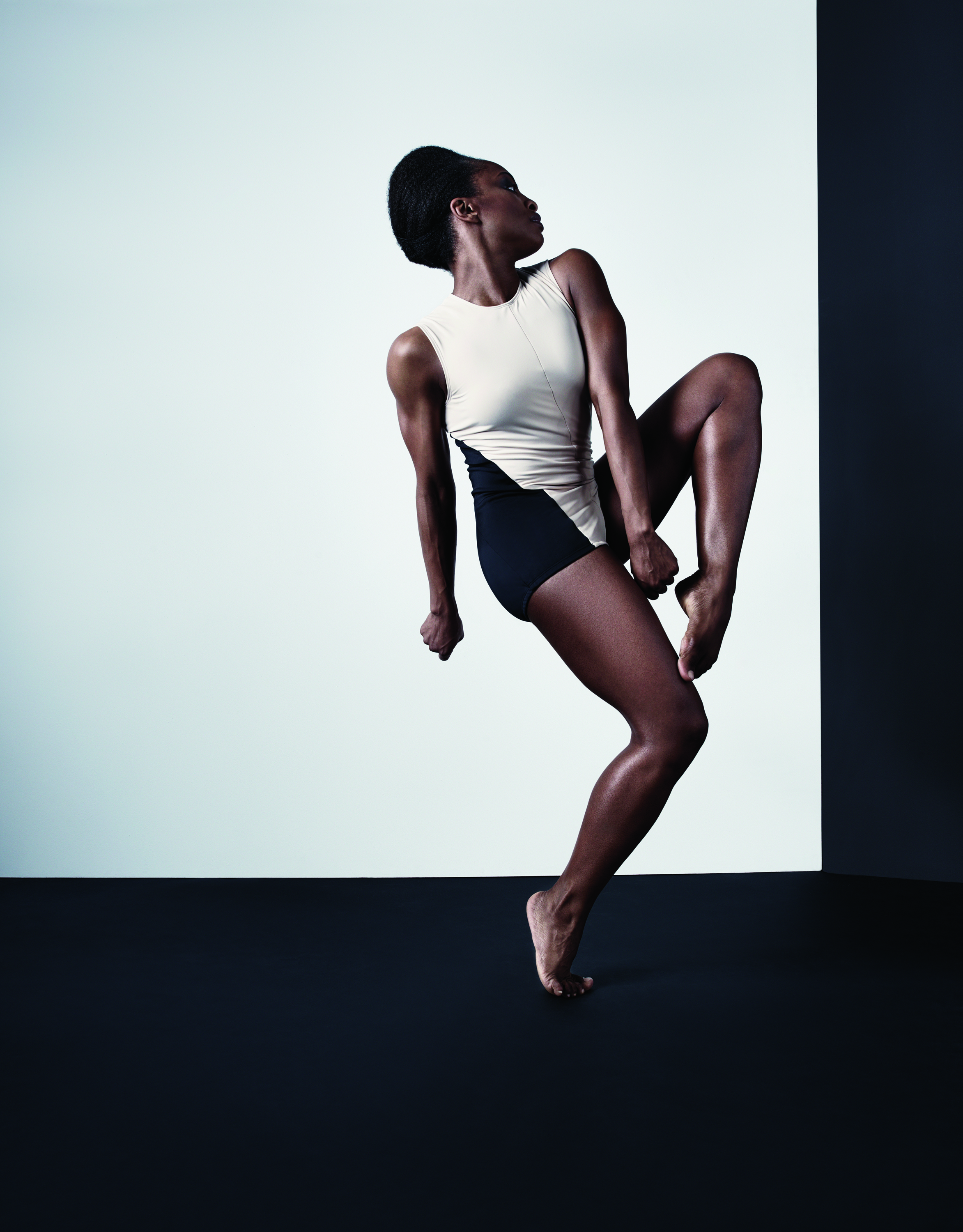The Dance Center of Columbia College Chicago announced its 42nd presenting season last Tuesday, and at first glance nothing looks especially different. Many of the usual suspects are present as the Dance Center continues its commitment to providing Columbia students and dance audiences at large with an eclectic mix of contemporary and experimental performance.

Perhaps the biggest surprise is Chicago’s own Giordano Dance Chicago, performing on the DC stage Feb. 4–6 for the first time in 37 years. GDC is bringing some of its best stuff in recent memory, including Roni Koresh’s Exit4 and Ray Mercer’s Shirt Off My Back. With Giordano’s bold and boisterous performers that reach all the way to the back row of the Harris Theater, the intimate audience at the Dance Center is in for a treat.

The Dance Center quitely announced massive changes to their administrative structure throughout the winter, the most notable of which was naming Bonnie Brooks as curator of the presenting season. Executive Director Phil Reynolds, who had previously been in charge of curating the season, is now shifting his role to an increased focus on development and filling a hole created by budget cuts that lead to the loss of their Marketing Director.
In a conversation with Chair Onye Ozuzu, she assured me that the shift in roles was not because of any curatorial need, which is perhaps why these changes aren’t outwardly apparent in this season’s line-up. Massive changes at the highest level of the college, namely the instatement of a new President and Provost within a short period of time placed an acute lens on “righting the fiscal ship in the face of declining enrollment, and doing so strategically and aggressively,” said Ozuzu, and scrutinizing all activities to ensure that the mission of the college is carried out. That mission, like most educational institutions, is to “attract, educate, and graduate students,” said Ozuzu. While the value of the presenting season has never been in question, the financial dilemma forced Ozuzu to consider the best and leanest way to execute the series and engage professional artists with the student population.
These changes, according to Ozuzu, play to each of her team’s strengths. By easing Reynolds’ curatorial responsibilities, he can devote more time and energy to cultivating the donor base, and engaging with board members, individual donors, foundations, and partner organizations. Brooks, Associate Professor at the Dance Center, was deeply embedded in dance advocacy and presenting organizations prior to moving to Chicago, including eight years as President and Executive Director at Dance/USA. She came to the Dance Center in 1999 with a serious skill set ideal for an academic program with a presenting season. Brooks served as Chair until 2011, and re-joined the faculty after a sabbatical on the Legacy Tour with the Merce Cunningham Dance Company.
Ozuzu sees the Dance Center’s response to Columbia College’s financial and administrative challenges as a unique opportunity to revitalize the program. Students and faculty will have increasing opportunities to engage with visiting companies, shaping the curriculum around who’s in the building, and “public scholarship through highly rigorous, highly accessible” engagement with dance audiences in the city. “Modern dance and experimental performance are not always an easy sell,” said Ozuzu. The idea is to graduate students who aren’t just proficient at modern dance, but rather to mold true advocates for the form and create graduates who can also speak and write about dance.
The changes don’t stop there. In another shake up, Ozuzu has recently accepted a position as Interim Dean of Fine and Performing Arts. She was giddy with excitement describing the importance of dancers, women, and people of color taking rank in higher education administration, though “if you would have asked me a few years ago if I’d be in this position, I would have laughed,” she said. However, “dance is underrepresented at this level of administration, and decisions are made by individuals that do not always take our paradigm into account.”
Peter Carpenter will assume the role of Interim Chair, and Ozuzu’s intention is to return as Chair of the Dance Center once her position ends. “I value fluidity and change in leadership,” she said, and believes that all of the changes, though made in response to a challenging situation, are opportunities to refine, revise, and revitalize the program for the better.
